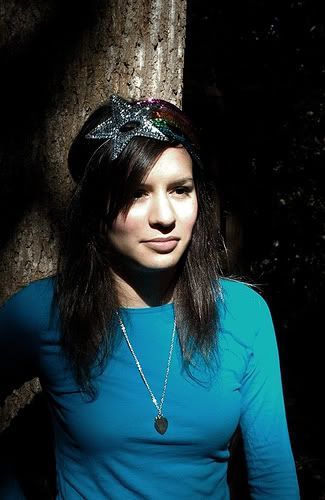In this version of Cinderella, the ugly stepsisters and evil stepmother wear a variety of 15th Century headresses. Depicted below are three varieties of a bourrelet. A bourrelet is a padded roll similar to a crown that is worn on top of the head, covering all traces of the hairline. The evil stepmother's headdress (back row, left) appears to be a caul plus bourrelet variety. A caul is a netting that covers the head.

The stepsister on the right (not the one who uses unicorn oil to prevent her knees from squeaking at the ball, by the way) is wearing a bourrelet/hennin hybrid. Hollywood always takes poetic license when it comes to women's historic dress. In this case, they created this hybrid in order to distinguish the mother and her daughters from each other. Of course our heroine, Cinderella, just wears a rag since she's cleaning all the time or a crown at the end, showing her hair and making her more attractive than her sisters.
A hennin was typically one tall point and is what most of us conjure mentally when we think of a princess' hat. The hennin could also be flat. Both were typically worn with veils. Hennins were approximately 12-18 inches tall. Can you imagine walking around with that on your head? No, thank you!

If I were a student and had to write a fashion history paper, a good idea might be to compare the styles of clothing in various versions of Cinderella and try to place them in a certain time period.
And for those of you that have never seen this version of Cinderella, I strongly advise you to. But don't get the version with Brandy and Whitney. The music is there but the charm is lacking in my opinion.

One of my all time favorites. Peter Pan too.
ReplyDelete